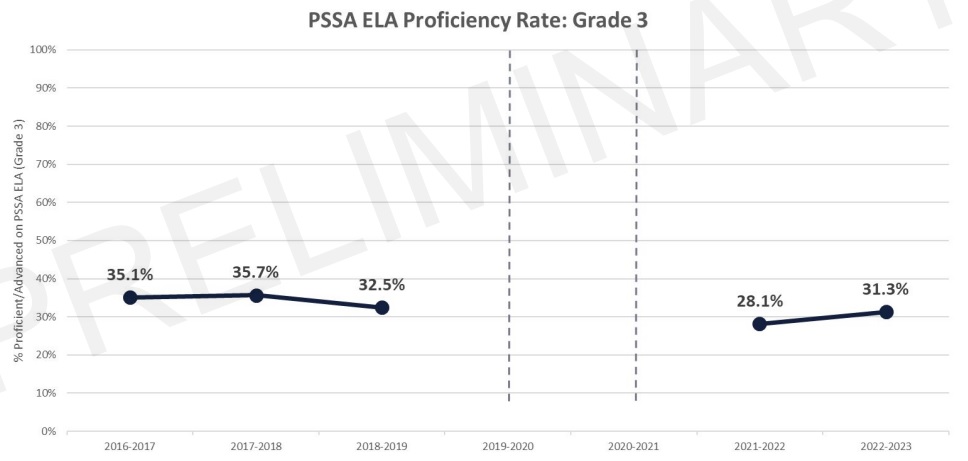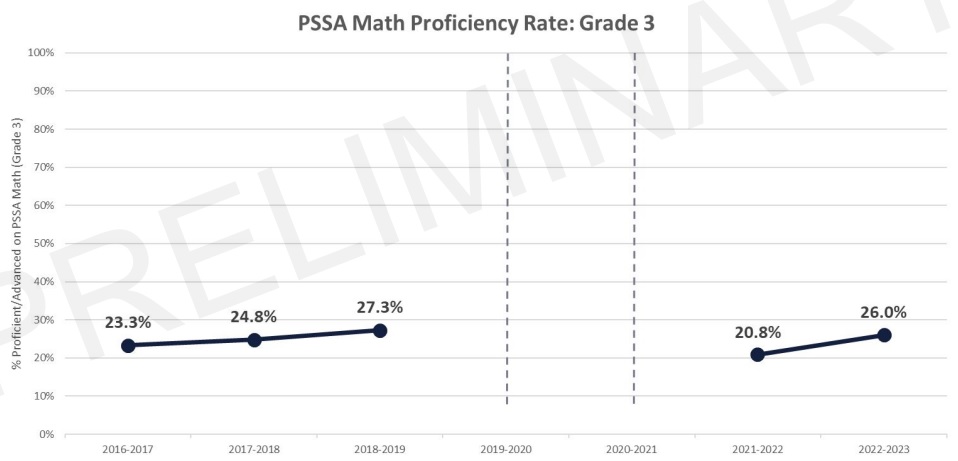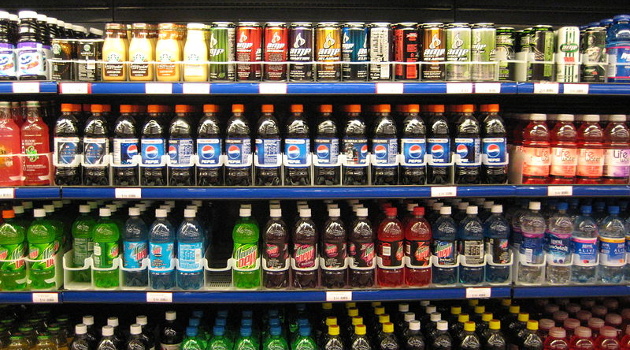I wrote more than four years ago about a misguided soda tax in Philadelphia. This video from John Stossel updates us on what’s happened.
As usual, John makes good points
I’m especially amazed that he was able to get an overpaid local politician to go on camera to defend such an indefensible levy.
And it was also nice to see that he exposed the local politicians for spending some of the money on things other than early childhood education.
But some of the money presumably was spent as promised, and my contribution to this discussion will be an investigation of whether the money was used productively.
In other words, did young children see improved performance?
Based on test scores reported by the city, the answer is no. Here’s the data on test scores for English. As you can see, not only does Philadelphia do a rotten job, with only about one in three students being proficient, the test scores are lower today than when the was first approved back in 2016.

The math scores also are dismal, with fewer than 30 percent of students being proficient.
Though there’s a slight improvement since 2016, so the news is not uniformly bad.

So what’s the bottom line?
I don’t know whether the education bureaucracy got a lot of money from the soda tax or a small amount, but we can definitely say that overall performance among third graders (the students who presumably were supposed to have benefited over the past few years) was flat, with a slight improvement in math being offset by a slight decline in English.
None of this should be a surprise. There is a lot of research showing that you don’t improve educational outcomes by dumping more money into government schools.
If Philadelphia politicians actually want to help students, either young or old, they should adopt school choice.
But if they want to buy votes, they should continue with their tax-and-spend agenda (and we can all guess their top priority).
———
Image credit: Marlith | CC BY-SA 3.0.

